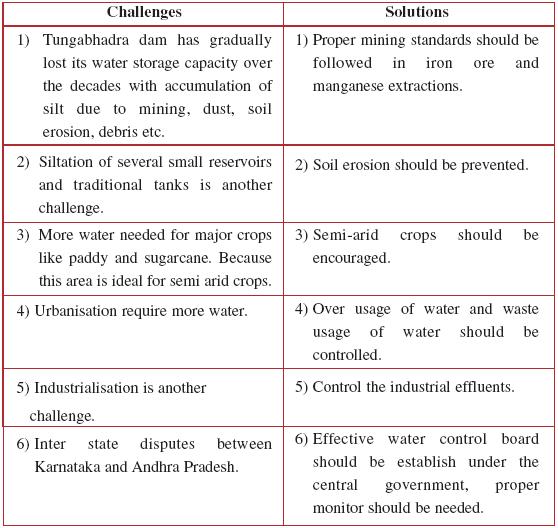Question: How significant are the laws, people’s actions, in the context of water resources? Write a short note based on the ideas discussed in the last two sections of the chapter.
(Reading the text (given), Understanding and Interpretation)
Answer: Water is a collective pool resource.
The current laws about ground water in many states are both out dated and inappropriate.
The basic link between access to ground water and land ownership on which these rules are based are flawed. Land owners are not restricted in the amount of water they can take out.
Each farmer competes to go deeper than their neighbour and soon all tube wells upto a certain depth dry up.
Water use for any region, whether small water shed or river basin has to take into account all the inflows and outflows.
Inefficient and unfair way of water usage should be discouraged. Hiware bazar should be the role model.
Water resources require both collective action at the local level and appropriate laws and policies at the state and national level.
Question:
In what way is water bought and sold in your area and for what purpose do you think their should be some checks and balances for this? Discuss.
(Appreciation and Sensitivity and Reflection on Contemporary Issues)
Answer: Water in our area is bought and sold for various purposes like drinking, construction and domestic purposes.
Water is bought in the form of municipality drinking water.
For agricultural purpose to get water we pay the money to the owner of boring pumps.
Even drinking water is purchased by using packed water.
This can be controlled.
i) Creating awareness among the people.
ii) Using alternate resources.
